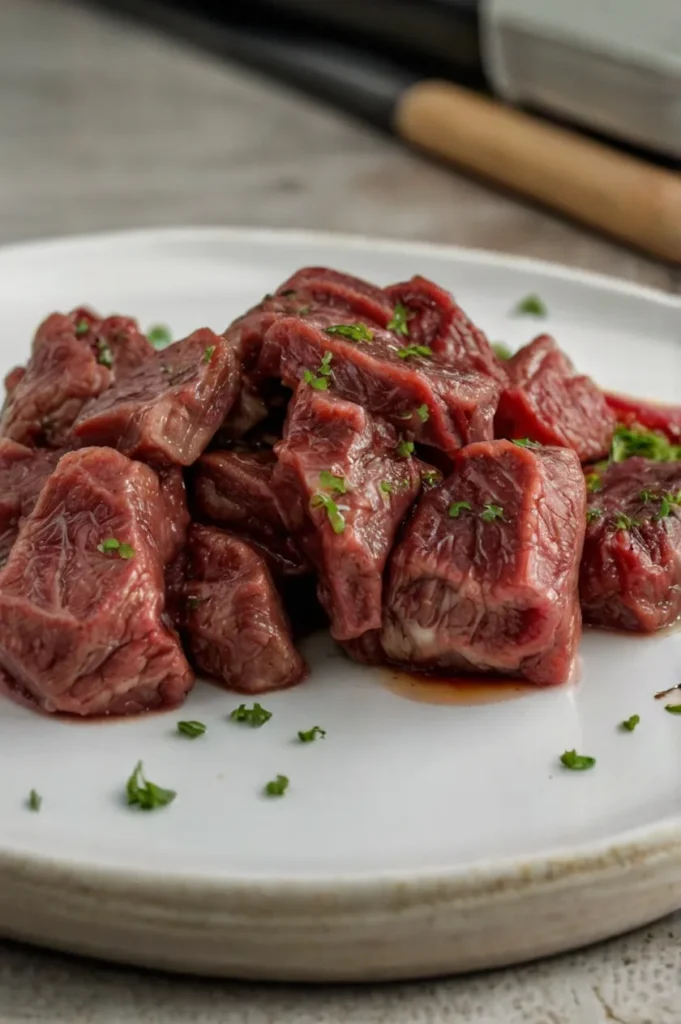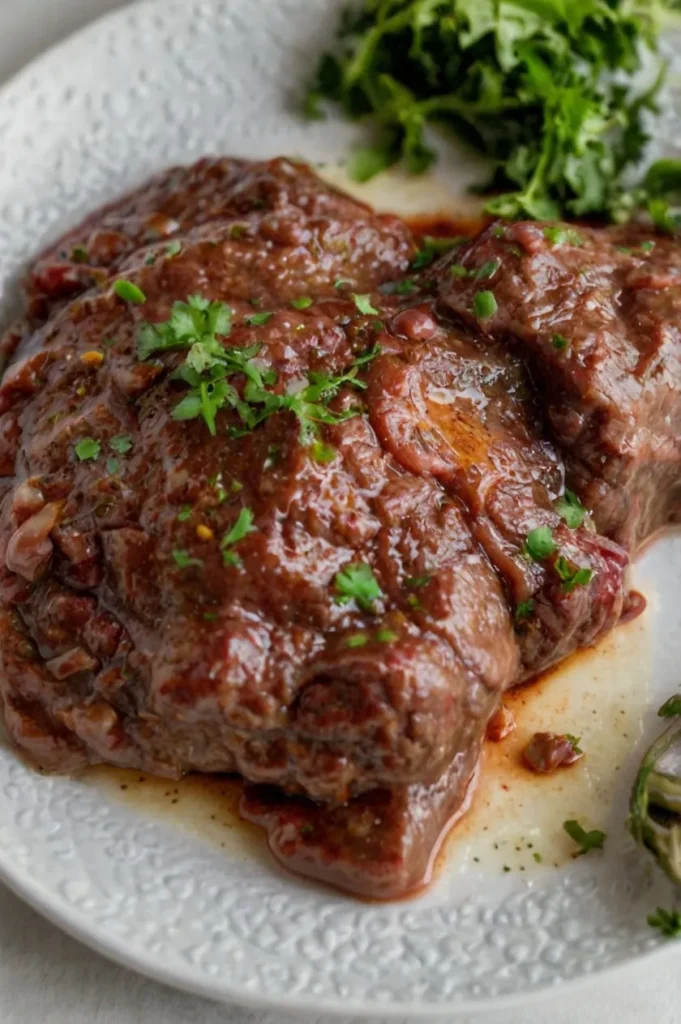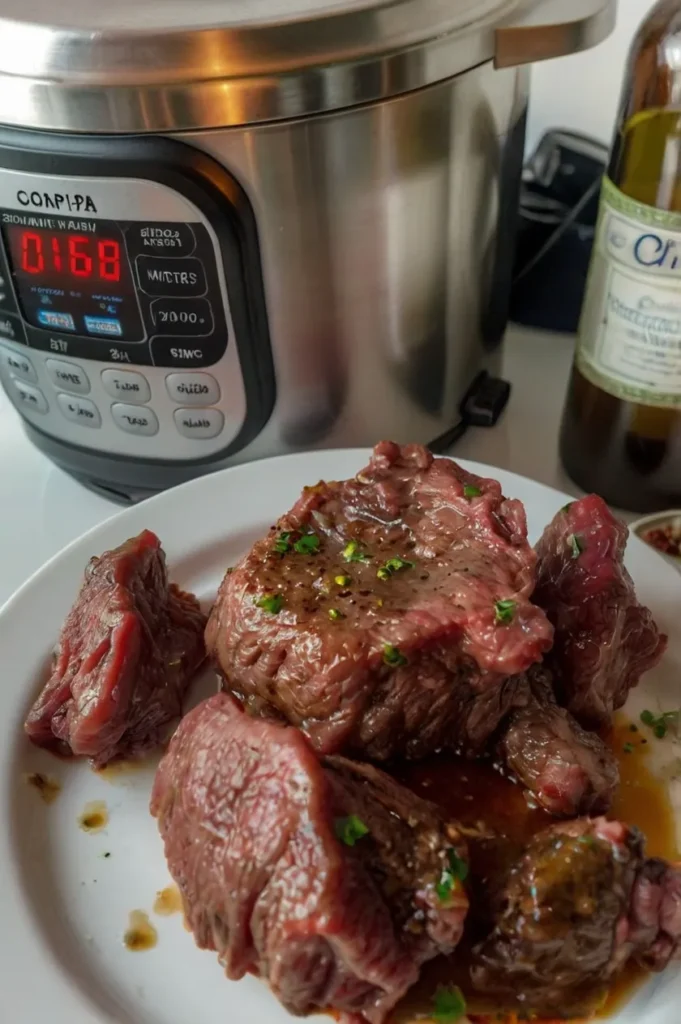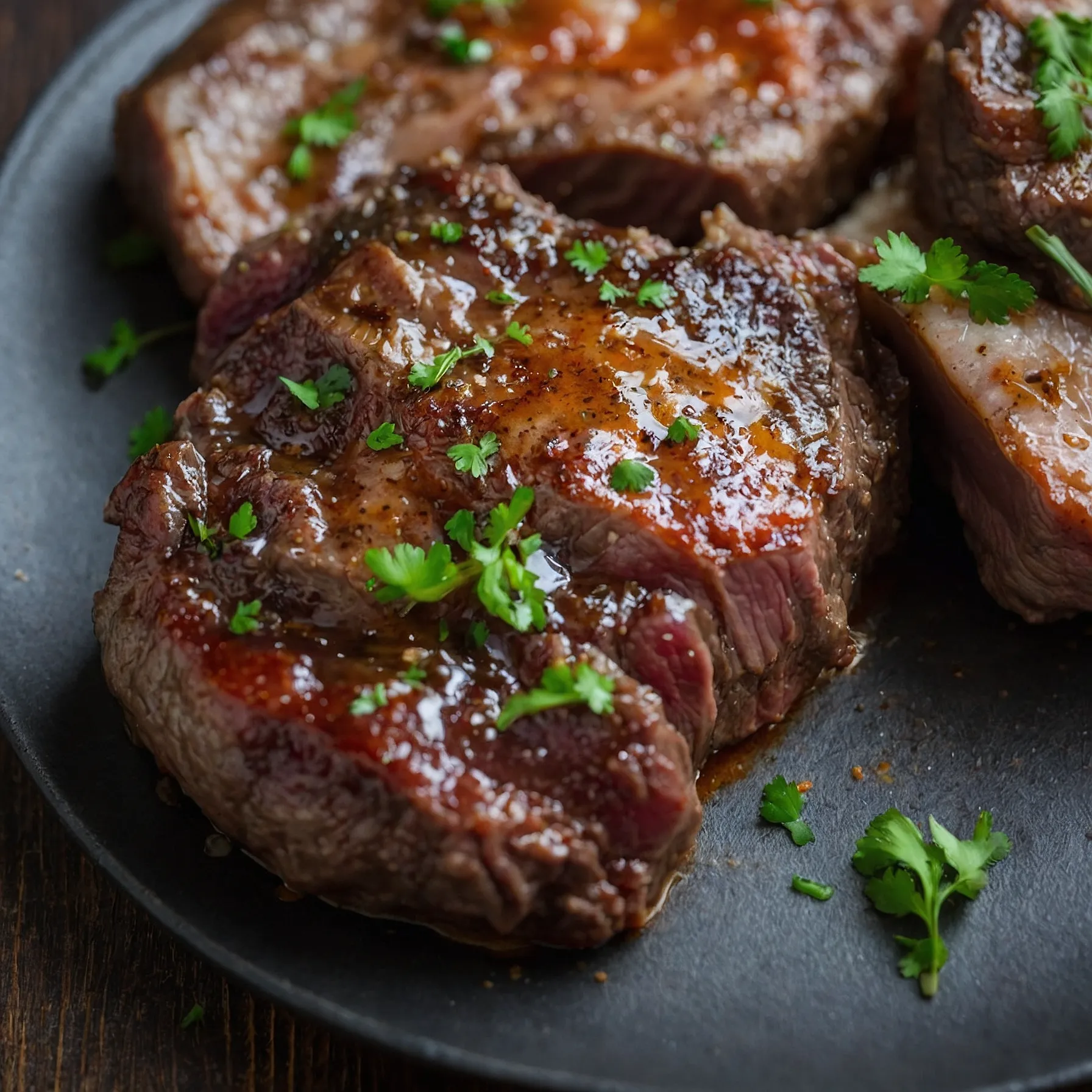How to Cook Beef Cheek Meat: A Step-by-Step Guide
Learn how to cook beef cheek meat with our step-by-step guide for a perfectly tender and juicy dish.
Beef cheek meat, often overlooked in favor of other cuts, is one of the most flavorful and tender meats you can prepare when cooked correctly. If you’ve never cooked beef cheeks before, you’re in for a treat. This cut is full of rich flavors and is perfect for slow cooking, braising, or pressure cooking. It transforms into melt-in-your-mouth tenderness, making it an ideal addition to your cooking repertoire. In this step-by-step guide, we’ll walk you through everything you need to know about how to cook beef cheek meat and share expert tips to make your meal unforgettable.
content overview
Table of Contents
Why Choose Beef Cheek Meat?
Before diving into the cooking process, let’s explore why beef cheek meat is such a great choice for your next meal.
Discover more Beef Cheek Meat Recipes
The Benefits of Beef Cheek Meat
- Rich in Flavor: Beef cheeks come from a well-exercised muscle in the cow, which contributes to a deep, robust flavor. They’re perfect for slow cooking, where the flavors shine.
- Tender Texture: Despite being a tough cut of meat, beef cheeks become incredibly tender when cooked slowly. The collagen and connective tissue break down, resulting in a melt-in-your-mouth experience.
- Cost-Effective: Compared to premium cuts like ribeye or tenderloin, beef cheeks are often much more affordable, yet they offer a depth of flavor that’s unparalleled.
- Versatility: Beef cheeks are versatile and can be used in various dishes, from tacos to stews, ragu, and even hearty braised dishes. You can pair them with a wide variety of seasonings and cooking methods.
- Nutrient-Rich: Beef cheeks are a great source of protein and essential nutrients like iron and zinc. When slow-cooked, they’re also packed with gelatin, which can promote joint health and improve skin elasticity.
Preparing Beef Cheeks for Cooking
Properly preparing beef cheeks is essential for a successful dish. Here’s how to get them ready for cooking:
Trimming and Cleaning

- Trim Excess Fat: Beef cheeks come with a fair amount of fat. While some fat is essential for flavor, you should trim off any excess fat. This ensures your dish isn’t overly greasy while still maintaining that rich, beefy flavor.
- Remove Sinew: Beef cheeks often have connective tissue, or sinew, that can be tough if not removed. Carefully use a sharp knife to remove these pieces, making the meat more tender and pleasant to eat.
- Seasoning: Beef cheeks benefit from a generous seasoning of salt and pepper. You can also marinate them for a few hours or overnight to enhance the flavor. A red wine or balsamic vinegar marinade can add a delightful depth to the meat.
- Let the Meat Rest: Before cooking, allow the beef cheeks to rest at room temperature for 15-30 minutes. This helps the meat cook more evenly, ensuring tender results.
The Best Cooking Methods for Beef Cheeks
Beef cheeks require low, slow heat to break down the tough fibers and create that beautiful, melt-in-your-mouth texture. There are several methods for cooking beef cheeks, and each one delivers a slightly different result. Here are some of the best methods to consider:
1. Slow Cooking: The Low and Slow Method
Slow cooking is perhaps the most forgiving and convenient way to prepare beef cheeks. By cooking them over several hours, you allow the collagen to break down, resulting in incredibly tender meat.
- Why Choose Slow Cooking?
- This method is perfect for hands-off cooking, making it an excellent option for busy days.
- It infuses the beef cheeks with rich, savory flavors from the broth, vegetables, and seasonings.
- Slow cooking ensures that the meat becomes super tender and succulent.
- How to Cook Beef Cheeks in a Slow Cooker:
- Season the beef cheeks with salt and pepper and brown them in a skillet to develop flavor.
- Transfer the beef cheeks to the slow cooker, along with your favorite aromatics like onions, garlic, carrots, and celery.
- Add beef broth, wine, or tomato paste and fresh herbs such as thyme and rosemary.
- Cover and cook on low for 6-8 hours, or until the beef is tender and easily shreds with a fork.
Discover more Beef Cheek Meat Recipes
2. Braising: A Traditional Method for Deep Flavor
Braising is a classic method for cooking tougher cuts of meat like beef cheeks. The process involves searing the meat, and then simmering it in a flavorful liquid at low heat for hours.

- Why Choose Braising?
- This method is perfect for creating deep, rich flavors and allows the beef cheeks to absorb the aromatics and liquids.
- It’s an excellent option for those who prefer a stovetop or oven method rather than using a slow cooker.
- How to Braise Beef Cheeks:
- Heat olive oil in a large pot over medium-high heat and sear the beef cheeks until browned on all sides.
- Remove the beef cheeks and set them aside. Add aromatics like onions, garlic, and carrots to the same pot, cooking them until softened.
- Deglaze the pot with red wine, scraping up any browned bits. Then, add beef broth, tomato paste, and fresh herbs.
- Return the beef cheeks to the pot and cover with a lid. Reduce the heat to low and braise for 3-4 hours, checking occasionally until the meat is fork-tender.
3. Pressure Cooking: Quick and Efficient
Pressure cooking can drastically reduce cooking time while still delivering tender, flavorful beef cheeks. This is a great option if you’re short on time but still want to enjoy this delicious cut of meat.

- Why Choose Pressure Cooking?
- It’s faster than slow cooking or braising, making it ideal for weeknight meals or last-minute dinner plans.
- The high pressure forces the meat to break down quickly, preserving all of its flavor.
- How to Cook Beef Cheeks in a Pressure Cooker:
- Season and brown the beef cheeks in the pressure cooker on the sauté setting.
- Add your choice of aromatics, such as onions, garlic, and carrots.
- Pour in beef broth, wine, and herbs, and lock the lid.
- Cook on high pressure for 60-90 minutes, depending on the size of the beef cheeks, and then let the pressure release naturally.
Beef Cheek Recipes to Try
Now that you know how to cook beef cheek meat, here are some mouthwatering recipe ideas to inspire your cooking:
1. Beef Cheek Stew
A hearty, comforting dish made with slow-cooked beef cheeks, vegetables, and a rich broth. This recipe is perfect for cold weather and can be served with crusty bread or mashed potatoes.
2. Beef Cheek Tacos
Tender, shredded beef cheeks served in soft tortillas with fresh cilantro, lime, and salsa. A flavorful twist on traditional tacos.
3. Beef Cheek Ragu
Slow-cooked beef cheeks simmered in tomato sauce and served over pasta. The ragu sauce is rich and savory, with a perfect balance of sweetness and acidity.
4. Braised Beef Cheeks with Mashed Potatoes
Beef cheeks braised in red wine and served alongside creamy mashed potatoes. This classic pairing is a showstopper for any dinner table.
Discover more Beef Cheek Meat Recipes
Troubleshooting Common Issues
While beef cheeks are a forgiving cut of meat, there are a few common issues you may encounter. Here’s how to fix them:
1. Tough Meat
If your beef cheeks are tough, they likely need more time to cook. Be patient and continue braising or slow cooking until the meat becomes tender.
2. Dry Meat
Dry beef cheeks may indicate that they were overcooked or not enough liquid was used. Always ensure there’s enough broth or wine to keep the meat moist and cook it at a low temperature.
3. Lack of Flavor
If the beef cheeks lack flavor, consider adding more seasonings or herbs. Red wine, garlic, and fresh thyme are great additions. Don’t be afraid to adjust the seasoning as you cook.
FAQ: How to Cook Beef Cheek Meat
What’s the best way to cook beef cheeks?
The best way to cook beef cheeks is by braising, slow cooking, or pressure cooking. These methods allow the meat to become tender and flavorful.
How long does it take to cook beef cheeks?
Beef cheeks take around 3-4 hours when braised or slow-cooked or 60-90 minutes in a pressure cooker.
Can I cook beef cheeks in a slow cooker?
Yes, slow cooking is an excellent method for beef cheeks. Simply cook them on low for 6-8 hours until tender.
What can I make with beef cheeks?
Beef cheeks are incredibly versatile and can be used in dishes like stews, tacos, ragu, and braised meals.
Conclusion: Unlock the Potential of Beef Cheeks
Now that you know how to cook beef cheek meat, it’s time to put these methods to use. Whether you choose to slow cook, braise, or pressure cook, you’ll find that beef cheeks offer a rich, tender result that’s sure to impress. Don’t be afraid to experiment with different recipes and seasoning combinations. Beef cheeks are versatile, flavorful, and perfect for a wide variety of dishes. So roll up your sleeves and enjoy cooking this incredible cut of meat today!
Let Us Know What You Think of This Recipe
There are no reviews yet. Be the first one to write one.

